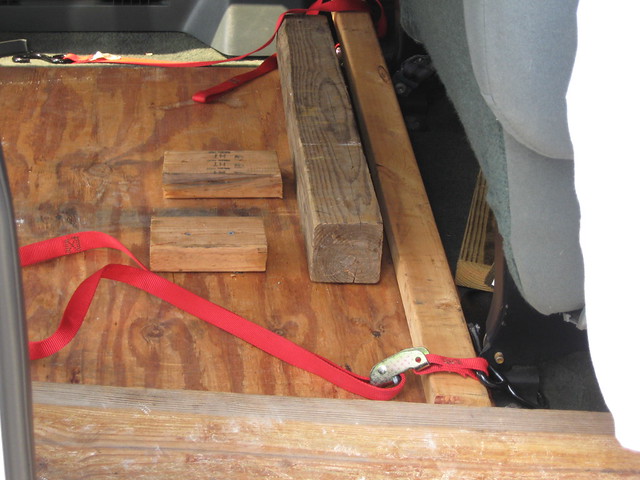Hello,
I have a whipped dog straight and I would like to give it a bit of clean and polish. I have a few questions to this end. First, what types of products should I use. Second, is it possible to clean a shave ready razor with out negatively effecting the edge, or should I wait till it needs to be honed and then clean it? Finally, is there any harm in leaving the blade in the scales for this process? I don't think I want to mess around with removing the blade since I have vary few tools. Thanks for your help.
I have a whipped dog straight and I would like to give it a bit of clean and polish. I have a few questions to this end. First, what types of products should I use. Second, is it possible to clean a shave ready razor with out negatively effecting the edge, or should I wait till it needs to be honed and then clean it? Finally, is there any harm in leaving the blade in the scales for this process? I don't think I want to mess around with removing the blade since I have vary few tools. Thanks for your help.





 ladykate I agree that a few "scars" look goods on older razors. Translates a sense of their history I think.
ladykate I agree that a few "scars" look goods on older razors. Translates a sense of their history I think.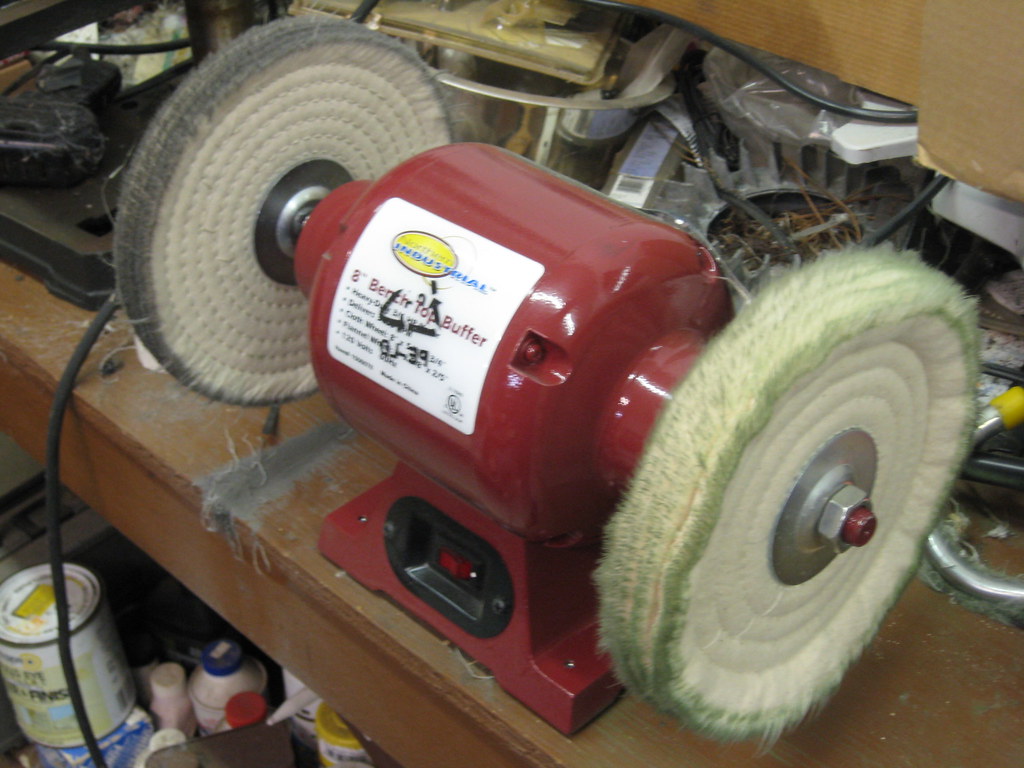
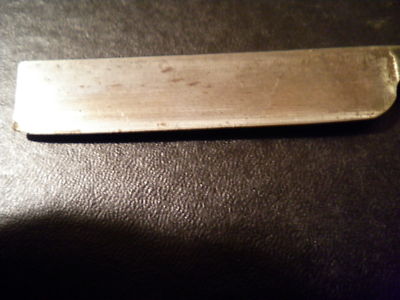
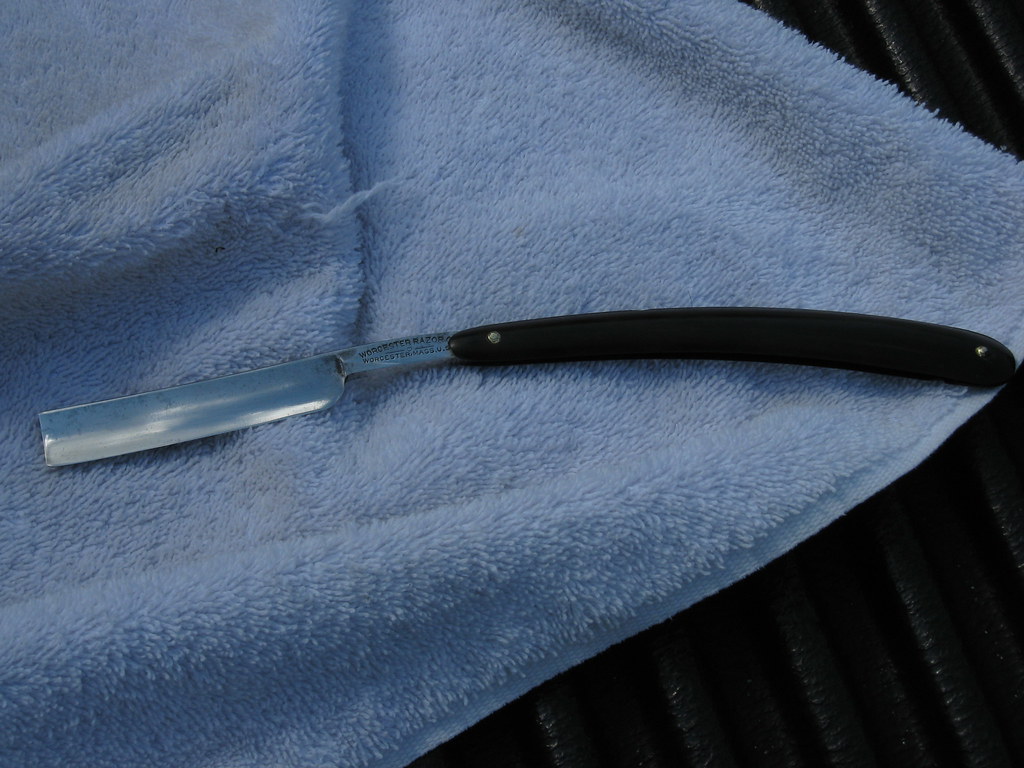
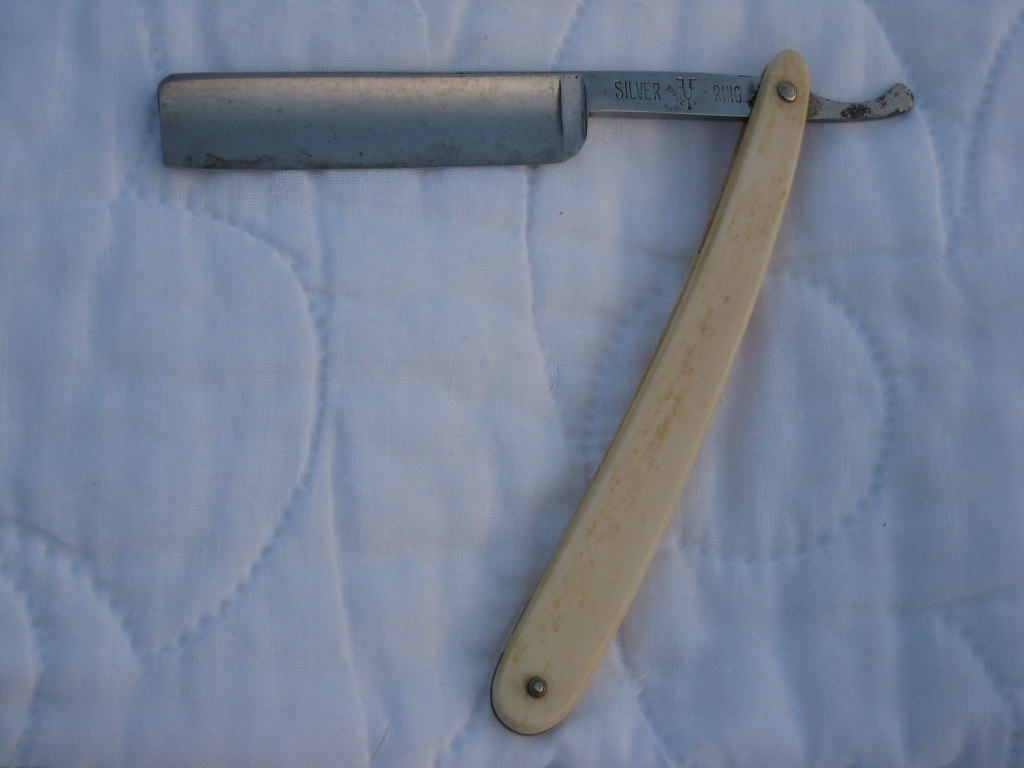
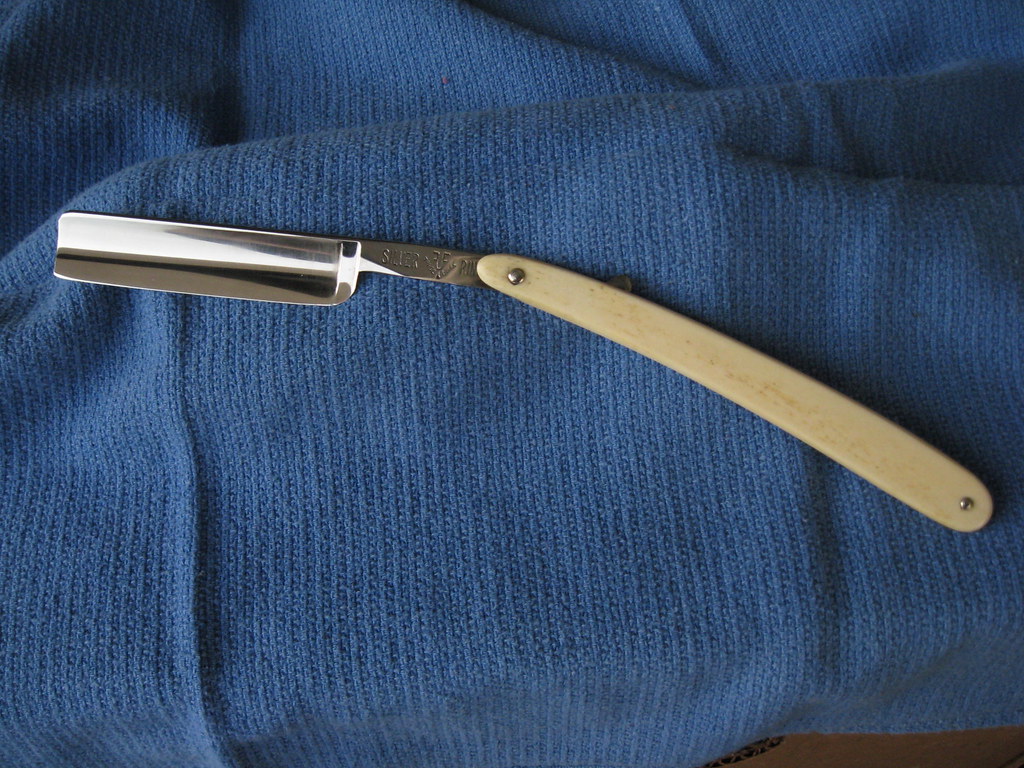
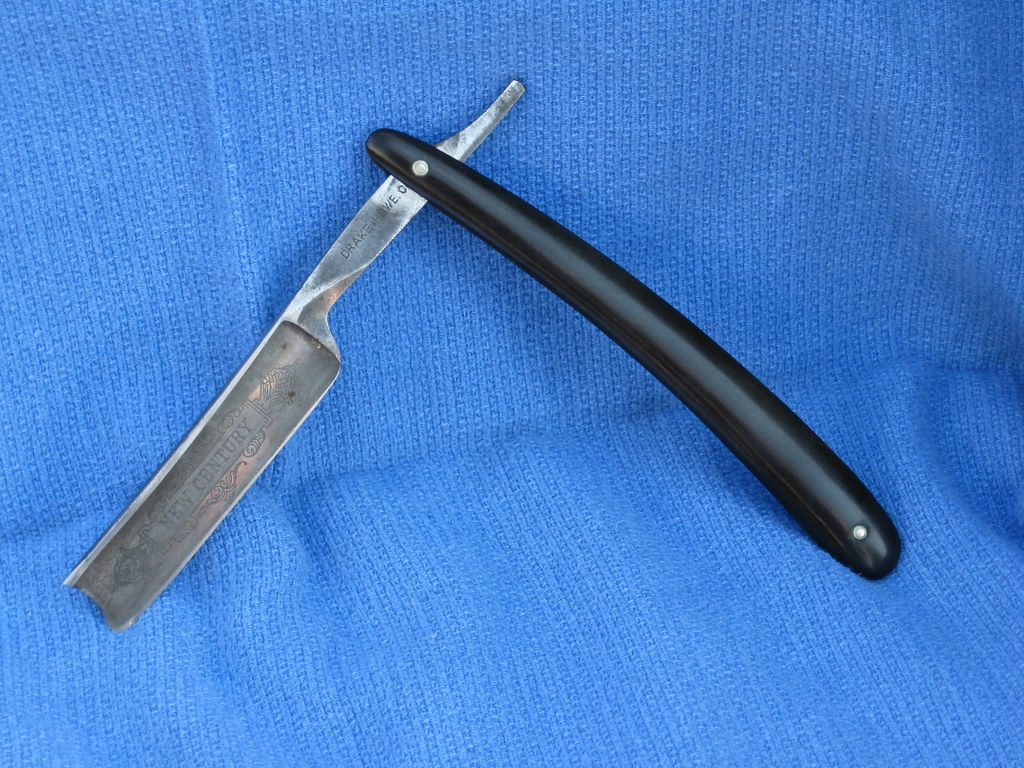
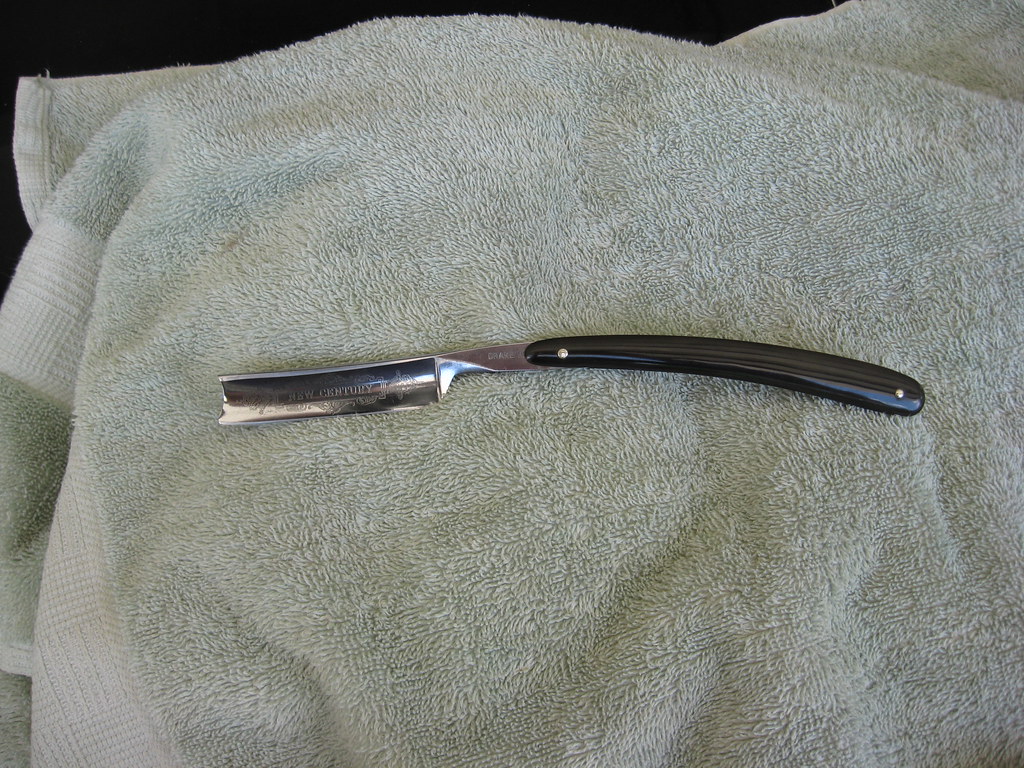
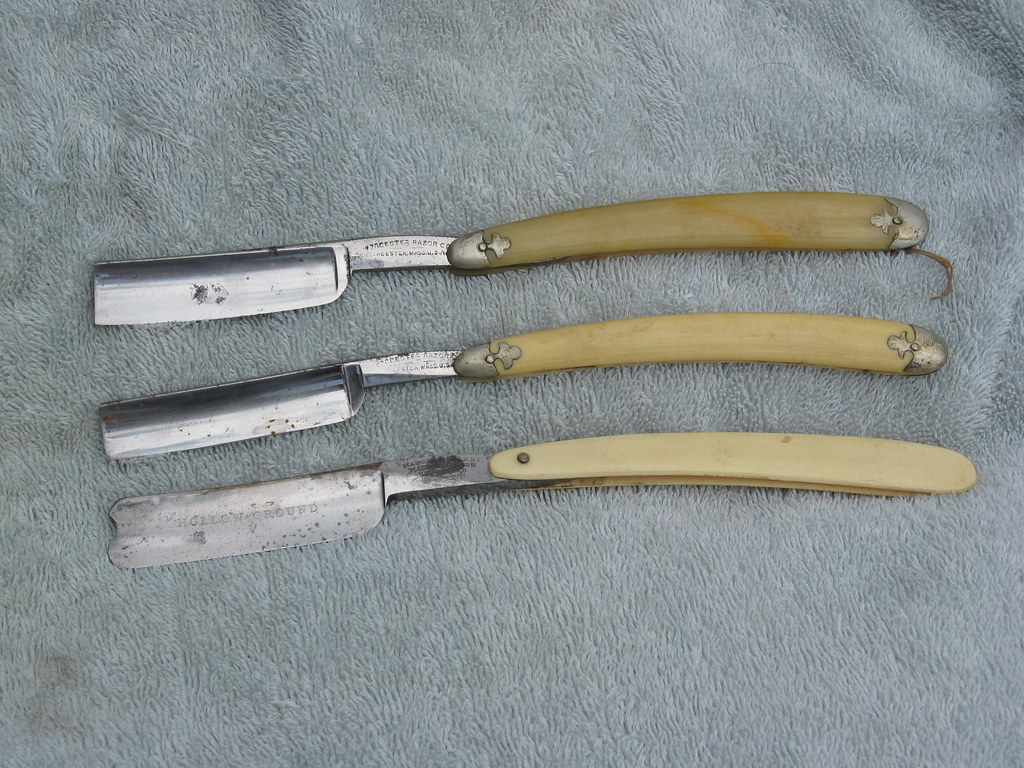
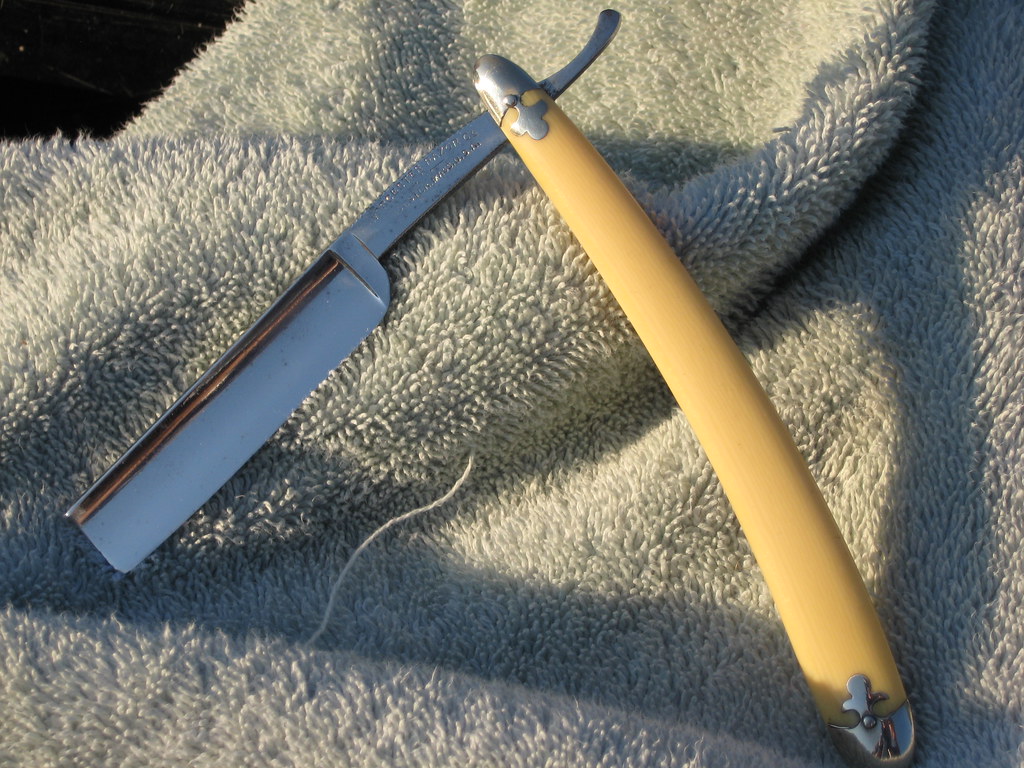
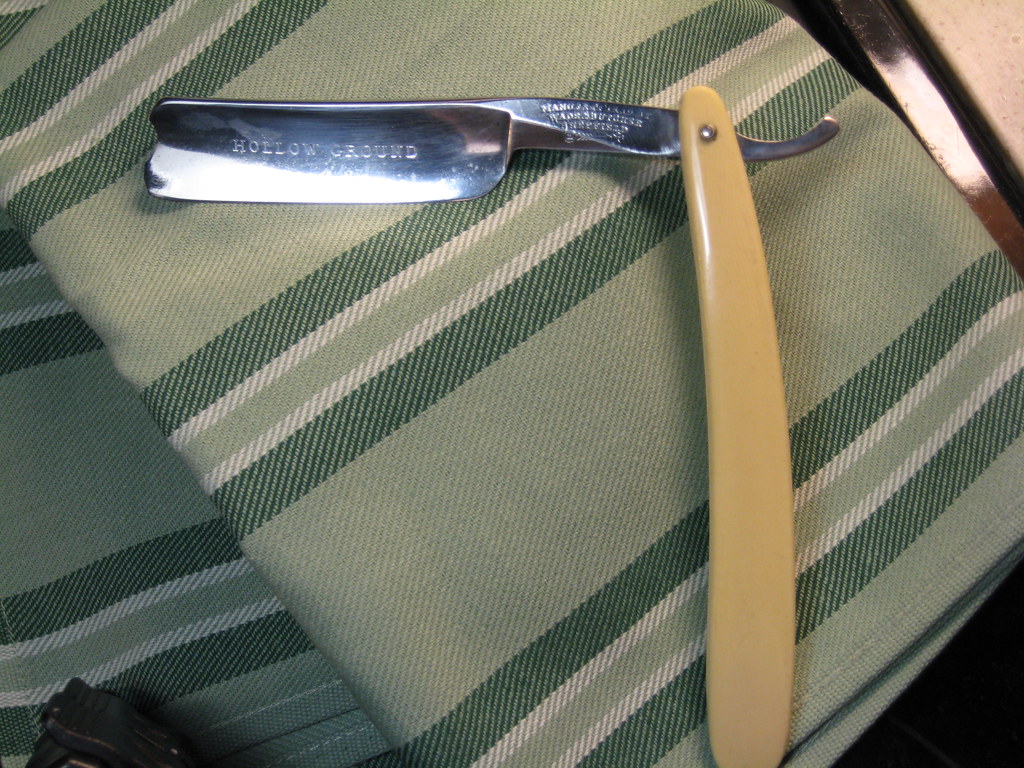
 ...all part of the scene
...all part of the scene


